Top speed 155 km/h Length 7.88 m First flight 1916 Designer Deutsche Flugzeug-Werke | Wingspan 13 m Introduced 1916 | |
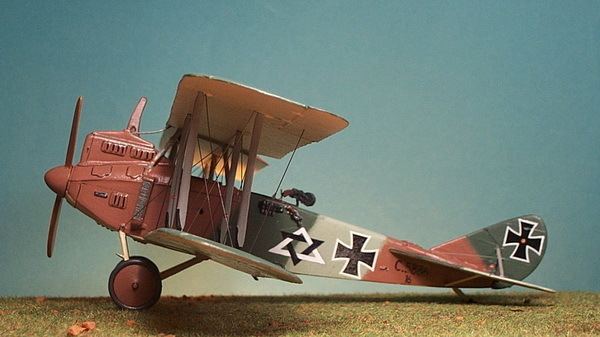 | ||
Dfw c v demo flight in rise of flight
The DFW C.IV, DFW C.V, DFW C.VI, and DFW F37 were a family of German reconnaissance aircraft first used in 1916 in World War I. They were conventionally configured biplanes with unequal-span unstaggered wings and seating for the pilot and observer in tandem, open cockpits. Like the DFW C.II before them, these aircraft seated the gunner to the rear and armed him with a machine gun on a ring mount. Compared to preceding B- and C-class designs by DFW, however, the aerodynamics of the fuselage were more refined, and when coupled with more powerful engines, resulted in a machine with excellent performance.
Contents
- Dfw c v demo flight in rise of flight
- Dfw c v landing procedure
- Design and development
- Description
- Operational history
- Operators
- Variants
- Specifications DFW CV
- References
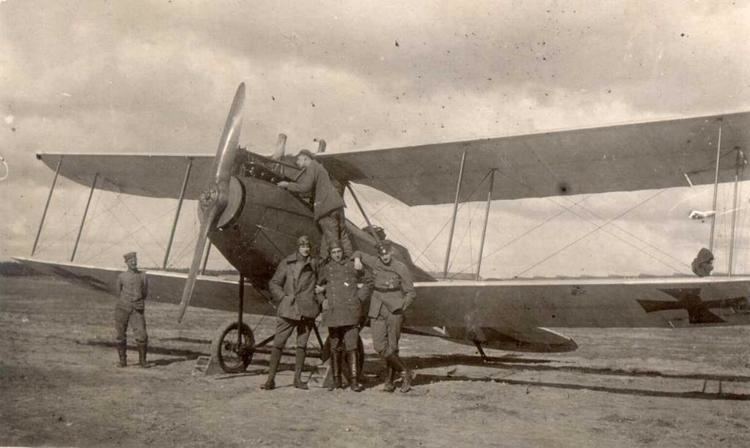
Dfw c v landing procedure
Design and development
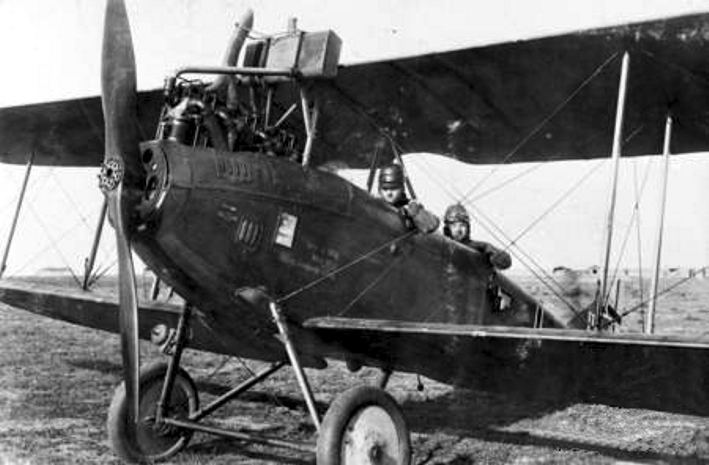
The C.IV had a single-bay wing cellule and was powered by a 112 kW (150.19 hp) Benz Bz.III. It was soon replaced in production by the definitive C.V with a two-bay wing cellule and either a 185 hp (137.95 kW) C.III N.A.G. or 149 kW (199.81 hp) Benz Bz.IV. Predictably, the more powerful Benz engine gave significantly better performance.
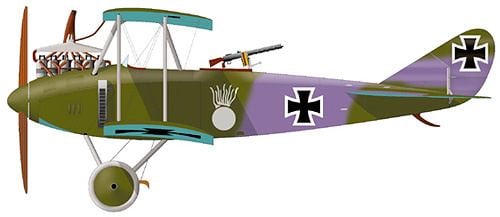
The C.V's main designer was Heinrich Oelerich, and it was produced in larger numbers than any other German aircraft during World War I. About 2000 were manufactured by DFW and about 1,250 licence manufactured by Aviatik (as the DFW C.V(Av) or Aviatik C.VI), Halberstadt, LVG, and Schütte-Lanz.

A further development was the C.VI, a sturdier aircraft with balances added to the ailerons. Only a single example of this was built, but it was followed by three aircraft designated F37 in the closing stages of the war, which may have received the Idflieg designation DFW C.VII, though this is not certain. Following the war, the DFW F37 was fitted with the 220 kW (295.02 hp) BMW IV engine, and in this configuration broke the world altitude record in 1919, reaching a height of 7,700 m (25,262.47 ft). However, since this flight was in breach of the Armistice, it was not recognised by the FAI. After this exploit, this F37 had its original Benz engine restored, and was converted into a passenger "limousine" by the addition of a richly upholstered interior and a canopy to enclose it. Now designated the DFW P1 Limousine, it could carry three passengers and was demonstrated by DFW at the ELTA exhibition in Amsterdam in 1919, flying passengers.
Description

It was a biplane of mixed, mostly wooden construction. A fuselage of a wooden frame, covered with plywood. Two-spar rectangular wooden wings, canvas covered. Upper wing of slightly greater span, with extended ends with ailerons. Tail of metal frame, covered with canvas. Straight engine in a fuselage nose, with a chimney-like exhaust pipe (LVG-produced planes had horizontal exhaust pipe). Engine was initially covered with an aerodynamic cover, but it was often abandoned. Two-blade wooden propeller, 2.8 m diameter. Water radiators on both fuselage sides, later water radiator before upper wing. Fixed conventional landing gear, with a straight common axle and a rear skid.
Operational history
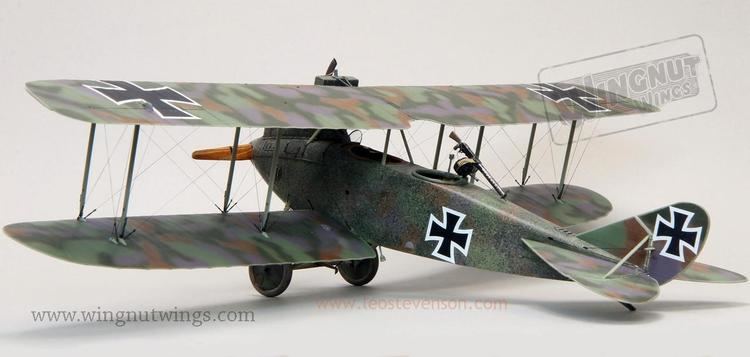
The C.V and its related designs were used as a multi role combat aircraft, for reconnaissance, observation, and bombing by Germany and Bulgaria during World War I. Six aircraft were delivered to Bulgaria in 1917. In the hands of a skilled pilot it could outmaneuver most allied fighters of the period. It remained in service until early 1918 though 600 were still in use by the Armistice of 11 November 1918. Most were thereafter scrapped according to the Treaty of Versailles in 1919.
Poland seized 11 aircraft in 1919 and manufactured further 13 in 1920 from seized parts. Several other C.Vs were bought in 1920. They were used by the Polish Air Force in Polish-Soviet war.
Two were used post-war in Finland, four in the Netherlands, two in Switzerland and a number in Estonia. Eight aircraft were converted to civilian ones and used by Deutsche Luft Rederei. Seven copies were built by the Darzhavna Aeroplanna Rabotilnitsa (Bulgarian state aircraft workshops) in 1925 as the DAR Uzunov-1 (DAR U-1) and used as a trainer for Bulgaria's secret air force.
Only one fuselage of a C.V(Av) survives in the Polish Aviation Museum in Kraków.
Operators
Post-War Operators:
Variants
Specifications (DFW C.V)
Data from German Aircraft of the First World War
General characteristics
Performance
Armament
